-
 Bitcoin
Bitcoin $116400
-0.36% -
 Ethereum
Ethereum $4033
3.40% -
 XRP
XRP $3.302
-1.26% -
 Tether USDt
Tether USDt $1.000
-0.02% -
 BNB
BNB $796.1
1.67% -
 Solana
Solana $177.8
1.89% -
 USDC
USDC $0.9999
0.00% -
 Dogecoin
Dogecoin $0.2314
4.09% -
 TRON
TRON $0.3381
0.14% -
 Cardano
Cardano $0.7989
1.22% -
 Stellar
Stellar $0.4496
-1.84% -
 Chainlink
Chainlink $20.42
9.42% -
 Hyperliquid
Hyperliquid $41.17
0.88% -
 Sui
Sui $3.914
3.77% -
 Bitcoin Cash
Bitcoin Cash $584.7
1.52% -
 Hedera
Hedera $0.2632
-0.54% -
 Avalanche
Avalanche $24.09
3.40% -
 Ethena USDe
Ethena USDe $1.001
-0.02% -
 Litecoin
Litecoin $123.2
1.33% -
 Toncoin
Toncoin $3.318
-0.04% -
 UNUS SED LEO
UNUS SED LEO $8.984
-0.05% -
 Shiba Inu
Shiba Inu $0.00001323
2.85% -
 Uniswap
Uniswap $10.90
4.41% -
 Polkadot
Polkadot $3.999
3.34% -
 Dai
Dai $1.000
0.01% -
 Cronos
Cronos $0.1630
9.64% -
 Bitget Token
Bitget Token $4.484
0.82% -
 Monero
Monero $272.4
2.44% -
 Pepe
Pepe $0.00001173
6.03% -
 Aave
Aave $290.8
2.88%
How do I view market conditions and price trends on Crypto.com?
Crypto.com's market data tools, including detailed charts and indicators, help traders analyze trends and make informed decisions, but always combine with broader research.
Mar 31, 2025 at 01:01 am
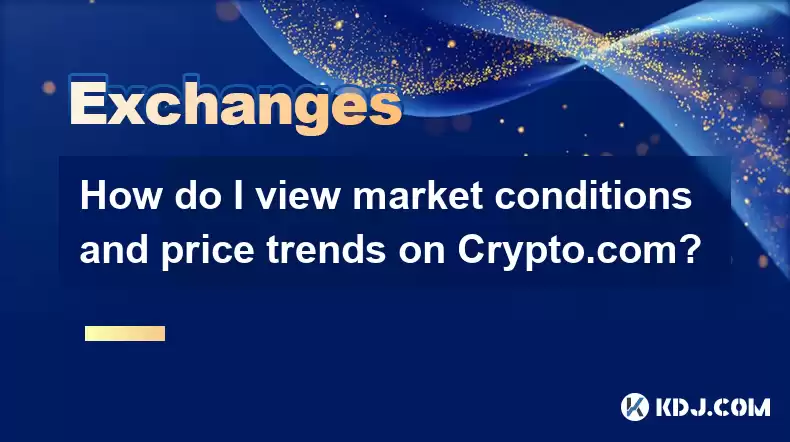
Navigating Crypto.com's Market Data
Crypto.com offers several ways to view market conditions and price trends for various cryptocurrencies. Understanding these tools is crucial for informed trading decisions. This guide will walk you through the different options available on the platform.
First, upon logging into your Crypto.com account, you'll likely land on the main dashboard. This dashboard usually displays a selection of featured cryptocurrencies with their current prices, percentage changes (24-hour and potentially 7-day), and trading volume. This provides a quick overview of the overall market sentiment. However, for a more in-depth analysis, you need to explore the dedicated market section.
This section, usually accessible via a prominent menu button (often labeled "Markets" or "Exchange"), provides a comprehensive view of the cryptocurrency market. Here you can find detailed information on a vast number of crypto assets. You can search for specific cryptocurrencies by name or ticker symbol.
Once you find the cryptocurrency you're interested in, you'll see a detailed price chart. This chart usually offers different timeframes, ranging from a few minutes to several years. You can adjust this timeframe to analyze short-term volatility or long-term trends. The chart itself often displays various technical indicators, such as moving averages and RSI (Relative Strength Index), which can help in identifying potential trading opportunities. However, remember that these are just tools, and successful trading requires a broader understanding of market forces.
Beyond the individual cryptocurrency pages, Crypto.com also offers market overview pages. These pages provide aggregated market data, such as the total market capitalization, trading volume across all assets, and potentially market dominance of specific cryptocurrencies like Bitcoin. These overviews help you assess the overall health and direction of the cryptocurrency market.
To effectively use Crypto.com's market data features, remember to:
- Familiarize yourself with the platform's interface: Spend time navigating the different sections to understand their functionality.
- Utilize the charting tools: Learn how to interpret different chart types and indicators. Many resources are available online to help you understand technical analysis.
- Focus on multiple timeframes: Don't solely rely on short-term price fluctuations. Analyze longer-term trends to gain a better perspective.
- Combine price data with other information: Consider factors like news events, regulatory announcements, and overall market sentiment when making trading decisions. Never rely solely on price charts.
- Practice with a demo account: If you're new to trading, consider using a demo account to practice analyzing market data and placing trades without risking real funds.
Understanding Crypto.com's Market Data Presentation
Crypto.com presents market data in a user-friendly way, but understanding how it's presented is crucial. The platform typically uses candlestick charts, which show the opening, closing, high, and low prices for a specific time period. Understanding how to read these charts is essential.
Additionally, you'll see various numerical data points alongside the charts. These usually include:
- Current Price: The most recent traded price of the cryptocurrency.
- 24-Hour High/Low: The highest and lowest prices recorded within the last 24 hours.
- 24-Hour Volume: The total amount of cryptocurrency traded in the last 24 hours.
- Percentage Change (24-hour/7-day): Shows the percentage increase or decrease in price over the specified period.
- Market Cap: The total market capitalization of the cryptocurrency, calculated by multiplying the current price by the total circulating supply.
Understanding these metrics allows you to gauge the momentum and volatility of a particular cryptocurrency. For instance, a high trading volume coupled with a significant price increase suggests strong buying pressure. Conversely, a large volume with a price drop indicates strong selling pressure. Remember that past performance does not guarantee future results.
Advanced Features and Considerations
Beyond the basic market data, Crypto.com may offer more advanced features, such as:
- Technical Indicators: Moving averages, RSI, MACD, and other indicators can help predict price movements. However, it's crucial to understand how these indicators work before relying on them.
- Order Books: This shows the current buy and sell orders placed by other users, giving you insights into market depth and liquidity.
- TradingView Integration (Potentially): Some platforms integrate with TradingView, a popular charting platform offering even more advanced tools and analysis features.
Remember that the cryptocurrency market is highly volatile. Always do your own research (DYOR) and never invest more than you can afford to lose. The information provided on Crypto.com is for informational purposes only and should not be considered financial advice.
Frequently Asked Questions
Q: How accurate is the market data on Crypto.com?
A: Crypto.com sources its market data from various exchanges, aiming for accuracy. However, slight discrepancies can occur due to differences in reporting times and trading volumes across exchanges. It's always wise to cross-reference data with other reputable sources.
Q: Can I view historical price data on Crypto.com?
A: Yes, the price charts on Crypto.com usually allow you to adjust the timeframe, enabling you to view historical price data for various periods, ranging from minutes to years.
Q: What are the limitations of using Crypto.com for market analysis?
A: While Crypto.com offers comprehensive market data, it's essential to remember that it's primarily a trading platform. Its analysis tools might not be as sophisticated as dedicated charting platforms. Furthermore, the data presented is a snapshot in time and may not reflect real-time market conditions perfectly.
Q: How can I use Crypto.com's market data to make informed trading decisions?
A: Use the available tools to understand price trends, volume, and market sentiment. Combine this with your own research and risk management strategies. Remember that technical analysis is just one piece of the puzzle; fundamental analysis and broader market awareness are also crucial. Never trade based solely on price charts.
Q: Are there any fees associated with viewing market data on Crypto.com?
A: Viewing market data on Crypto.com is generally free. Fees only apply when you execute trades on the platform.
Disclaimer:info@kdj.com
The information provided is not trading advice. kdj.com does not assume any responsibility for any investments made based on the information provided in this article. Cryptocurrencies are highly volatile and it is highly recommended that you invest with caution after thorough research!
If you believe that the content used on this website infringes your copyright, please contact us immediately (info@kdj.com) and we will delete it promptly.
- Maxi Doge Presale: The Meme Coin That's Pumping Iron and Prices!
- 2025-08-09 19:10:11
- Rare Coin Warning: Don't Get Fooled by That 1p Coin!
- 2025-08-09 18:50:12
- Cardano, Unilabs, and Tron Price: Decoding the Latest Crypto Buzz
- 2025-08-09 18:30:12
- Aerodrome Finance: Price Targets and the Bullish Channel - What's Next?
- 2025-08-09 18:50:12
- BlackRock and the Crypto ETF Landscape: No XRP (Yet!), But What's Next?
- 2025-08-09 19:10:11
- Rare Coin Frenzy: eBay Sees 2p Coin Listed for Over £2K!
- 2025-08-09 18:55:11
Related knowledge
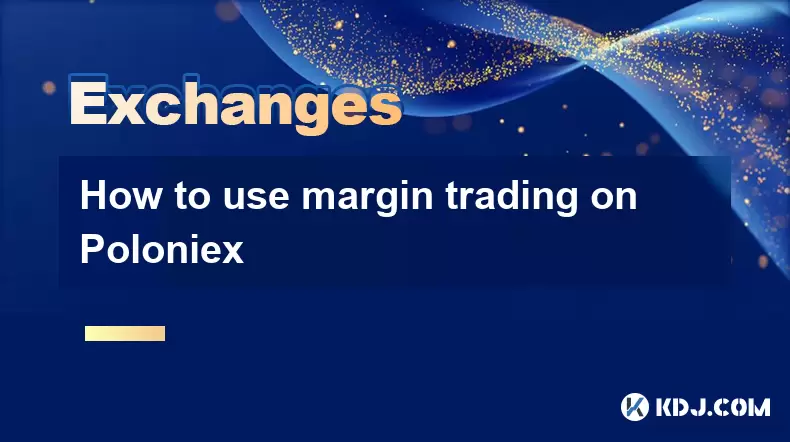
How to use margin trading on Poloniex
Aug 08,2025 at 09:50am
Understanding Margin Trading on Poloniex
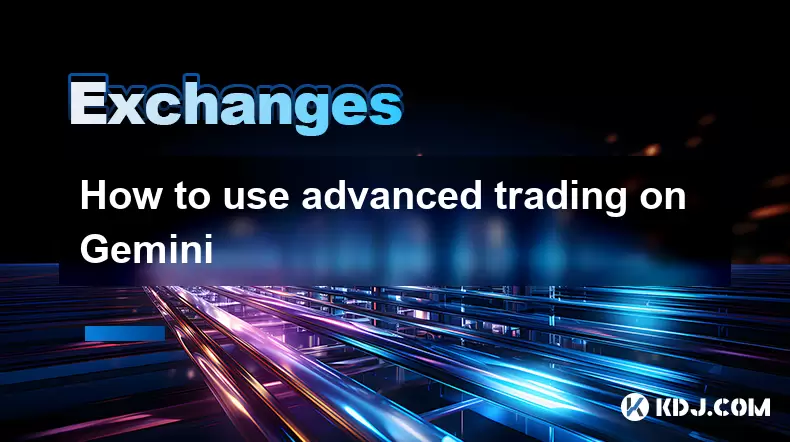
How to use advanced trading on Gemini
Aug 08,2025 at 04:07am
Understanding Advanced Trading on GeminiAdvanced trading on Gemini refers to a suite of tools and order types designed for experienced traders who wan...
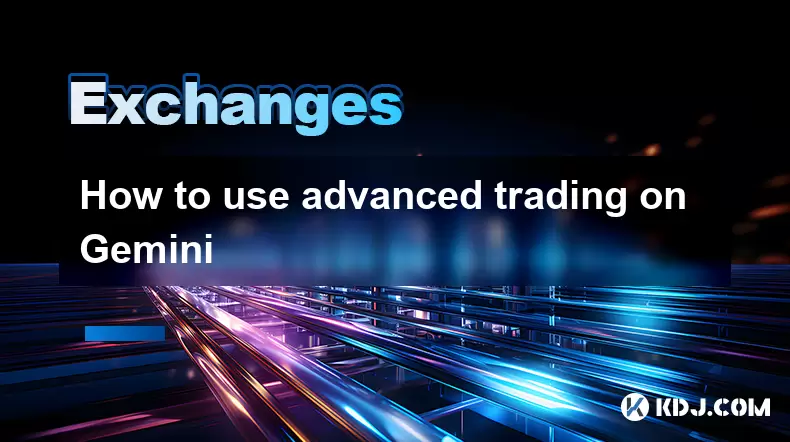
How to use advanced trading on Gemini
Aug 08,2025 at 10:56pm
Understanding Advanced Trading on GeminiAdvanced trading on Gemini refers to the suite of tools and order types available on the Gemini ActiveTrader p...
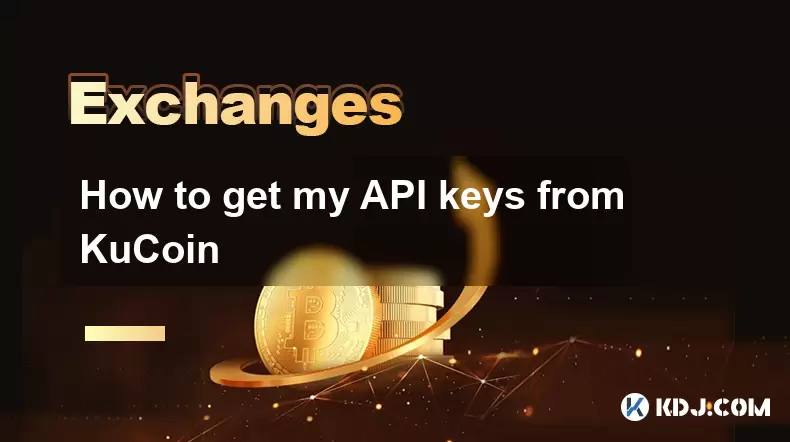
How to get my API keys from KuCoin
Aug 08,2025 at 06:50pm
Understanding API Keys on KuCoinAPI keys are essential tools for users who want to interact with KuCoin's trading platform programmatically. These key...
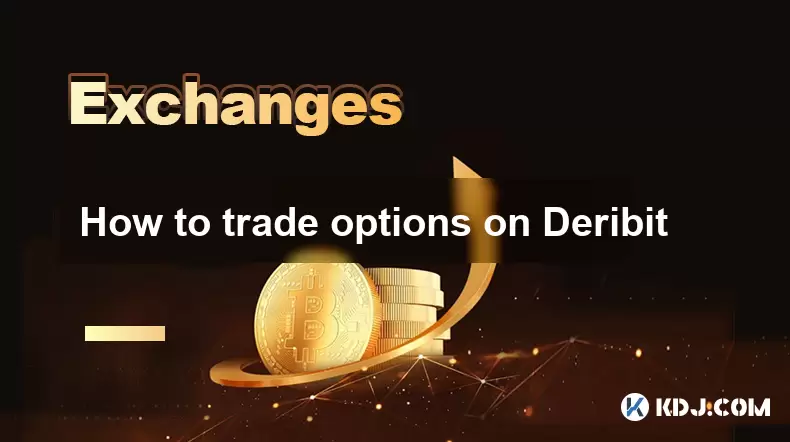
How to trade options on Deribit
Aug 09,2025 at 01:42am
Understanding Deribit and Its Options MarketDeribit is a leading cryptocurrency derivatives exchange that specializes in Bitcoin (BTC) and Ethereum (E...

How to deposit USD on Bitstamp
Aug 07,2025 at 05:18pm
Understanding Bitstamp and USD DepositsBitstamp is one of the longest-standing cryptocurrency exchanges in the industry, offering users the ability to...

How to use margin trading on Poloniex
Aug 08,2025 at 09:50am
Understanding Margin Trading on Poloniex

How to use advanced trading on Gemini
Aug 08,2025 at 04:07am
Understanding Advanced Trading on GeminiAdvanced trading on Gemini refers to a suite of tools and order types designed for experienced traders who wan...

How to use advanced trading on Gemini
Aug 08,2025 at 10:56pm
Understanding Advanced Trading on GeminiAdvanced trading on Gemini refers to the suite of tools and order types available on the Gemini ActiveTrader p...

How to get my API keys from KuCoin
Aug 08,2025 at 06:50pm
Understanding API Keys on KuCoinAPI keys are essential tools for users who want to interact with KuCoin's trading platform programmatically. These key...

How to trade options on Deribit
Aug 09,2025 at 01:42am
Understanding Deribit and Its Options MarketDeribit is a leading cryptocurrency derivatives exchange that specializes in Bitcoin (BTC) and Ethereum (E...

How to deposit USD on Bitstamp
Aug 07,2025 at 05:18pm
Understanding Bitstamp and USD DepositsBitstamp is one of the longest-standing cryptocurrency exchanges in the industry, offering users the ability to...
See all articles

























































































